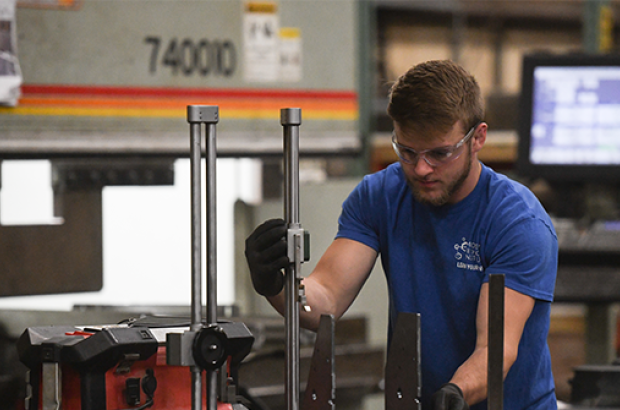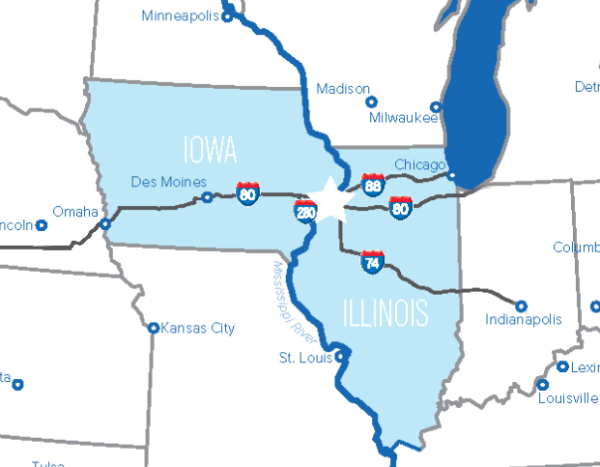Connecting students to career opportunities
Businesses that participate in work-based learning are building their workforce pipeline while giving students the opportunity to see how their interests align with potential careers. Work-based learning can take many forms such as job shadows, site visits, internships, apprenticeships and much more. These experiences connect students to career opportunities in the QC, providing real-world insights outside the classroom.
Develop more robust talent pipelines by participating in work-based learning programs, businesses can grow your own talent. As partners in these initiatives, businesses can ensure that the skills and qualifications trainees acquire are aligned with their specific workforce needs, including difficult-to-fill positions. Programs such as internships give businesses an opportunity to train and observe potential employees before committing to hiring them.
Access a diverse and innovative labor pool through work-based learning programs that help cultivate diversity in your talent pipeline by providing the structure, support and training that people of many different backgrounds need to succeed. Companies with diverse workforces are stronger and more competitive because their teams are comprised of individuals with a range of perspectives, helpful in a rapidly evolving marketplace.
Earn a reputation for being a great place to work through work-based learning programs. Employees see these opportunities as investments in their future and are more likely to stay loyal to businesses that offer them. Jobseekers also see work-based learning as an advantage when they’re evaluating potential employers.
Boost your business prospects with work-based learning programs that strengthen the local business climate and foster economic growth by contributing to the creation of a skilled workforce. Providing workers with opportunities to earn valuable credentials and develop new skills benefits everyone in the QC by reducing unemployment, increasing consumer spending and attracting new investment. In turn, that type of robust economic growth benefits the businesses that offer work-based learning programs.
Work-Based Learning Opportunities
Internship
- Short-term structured experience (2-month minimum/12-month maximum) that requires interns to complete real work to reach specific learning goals.
- Internships can be paid or unpaid.
Job Shadow
-
Allows individuals to explore a specific career of interest by observing an experienced employee performing their day-to-day work duties in a real-world work environment.
-
Participants gain a firsthand understanding of the nature of certain occupations and discover what it’s like to work for specific employers or industries.
- Typically includes a department and/or facilities tour.
- The experience (2-8 hours) is unpaid and includes no more than 5 individuals.
Workplace Tours
- Provides first-hand observation at specific work sites
- Students learn about the business, meet employees, ask questions and observe work in progress.
- Provides students with worksite experience related to their career interests.
Pre-Apprenticeships
- Focuses on the basic skills needed to be successful in an apprenticeship and serves to introduce students to basic concepts or foundational skills in preparation for a more complex and involved long-term apprenticeship program.
- Businesses employ students who also earn college and/or national industry credits.
Registered High School Apprenticeships
- Businesses employ students and provide on-the-job training while they learn a career or trade.
- Combination of classroom education with technical skills training and employment.
- Students earn 2,000 CTE hours from the Department of Labor toward the continuation of any additional hours.







